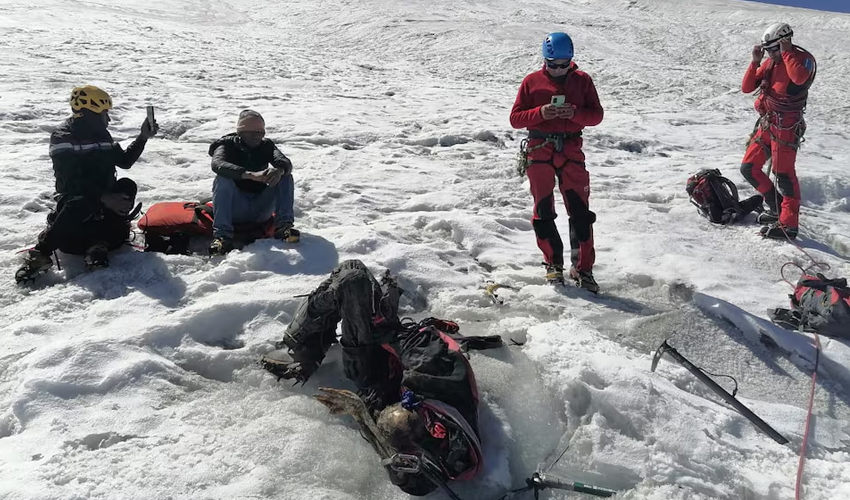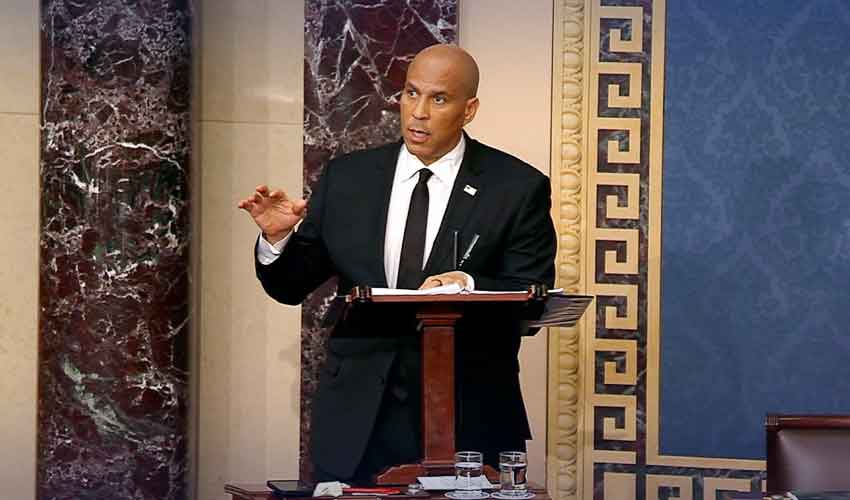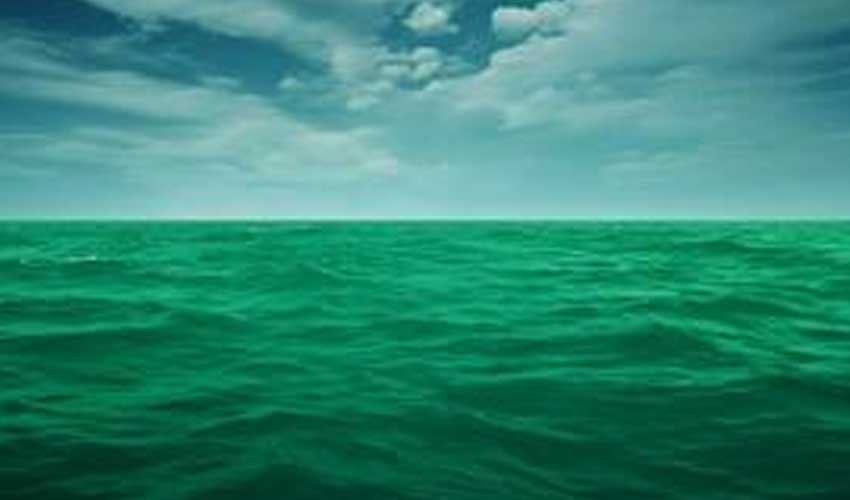Twenty-two years ago, an avalanche buried American climber Bill Stampfl while he was ascending one of the highest peaks in the Andes mountains. His family had little hope of finding him alive or retrieving his body from the snow and ice of the 6,700-meter Huascaran peak.
In June, Stampfl's son, Joseph, received an unexpected call from a stranger who had come across his father's frozen and mostly intact body while climbing Huascaran. “It was so out of left field. We talk about my dad, we think about him all the time,” Joseph said. “You just never think you are going to get that call.”
Jennifer Stampfl, the climber's daughter, shared her mixed emotions. “It's been a shock. When you get that phone call that he’s been found, your heart just sinks. You don’t know how exactly to feel at first.”
On Tuesday, Peruvian police confirmed they had recovered Stampfl's body from the mountain where he was buried by an avalanche in 2002. The 58-year-old climber had been ascending with two friends, who also perished.
A group of policemen and mountain guides carefully transported Stampfl's body down the icy mountain on a stretcher, covering it in an orange tarp. The body was found at an altitude of 5,200 meters, approximately a nine-hour hike from one of the climbers' camps on Huascaran's summit.
Jennifer Stampfl mentioned that the family plans to move the body to a funeral home in Lima, Peru's capital, for cremation before repatriating his ashes. Police noted that Stampfl’s body and clothing were well-preserved by the ice and freezing temperatures. His driver's license, found in a hip pouch, identified him as a resident of Chino, California.
The effort to retrieve Stampfl's remains began when an American climber discovered the frozen body while making his way to Huascaran's summit. After reading the name on the driver's license, he contacted Stampfl's relatives, who coordinated with local mountain guides.
Joseph Stampfl said the family worked with a Peruvian mountain rescue association to recover his father's body, which was found about 915 to 1,200 meters below where the climbers were believed to have been killed. “He was no longer encased in ice,” Joseph noted. “He still has got his boots on.”
A team of 13 mountaineers, including five officers from an elite police unit and eight mountain guides from Grupo Alpamayo, a local tour operator, participated in the recovery operation.



























